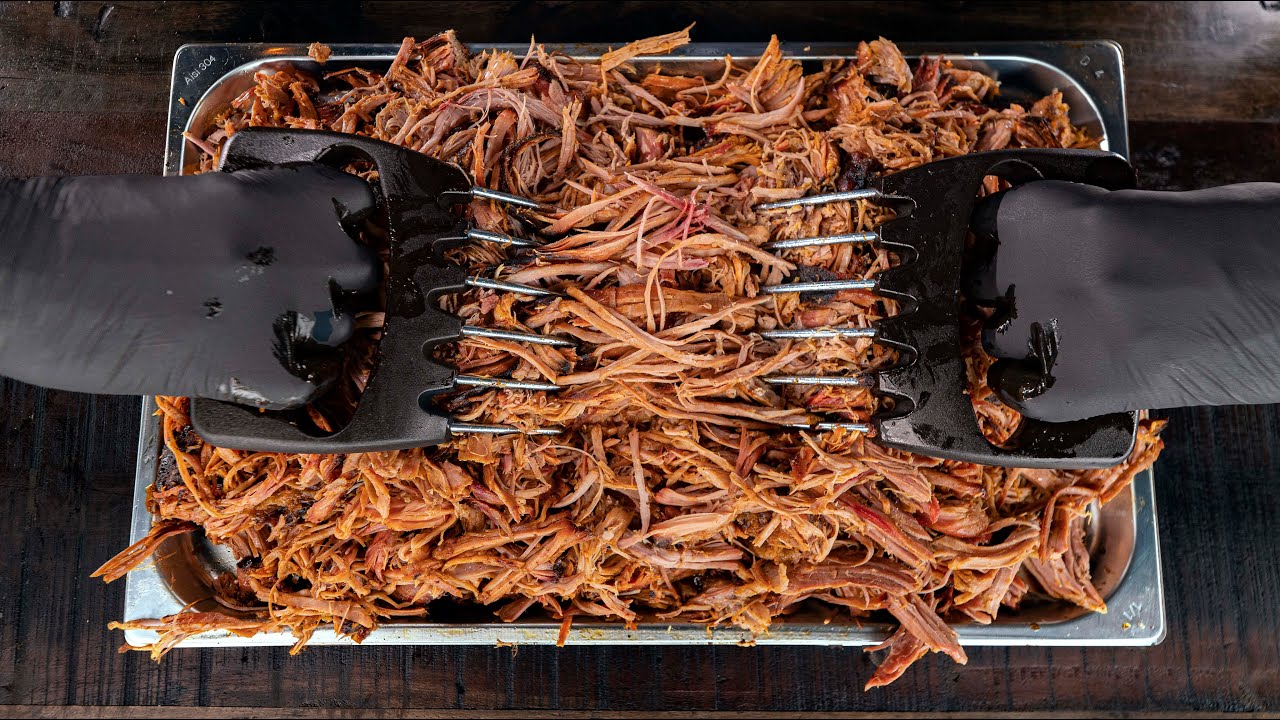

Articles
How To Store Pulled Pork Overnight
Modified: February 29, 2024
Learn the best methods to store pulled pork overnight and keep it fresh. Check out our informative articles for helpful tips and techniques.
(Many of the links in this article redirect to a specific reviewed product. Your purchase of these products through affiliate links helps to generate commission for Storables.com, at no extra cost. Learn more)
Introduction
Pulled pork is a delicious and versatile meat dish that is loved by many. Whether you’ve made a large batch for a gathering or simply have leftovers from a previous meal, knowing how to store pulled pork properly is essential to maintain its flavor, texture, and safety. In this article, we’ll explore the importance of storing pulled pork correctly and provide practical tips for doing so.
Proper storage ensures that your pulled pork remains fresh and safe to consume, whether you plan to enjoy it the next day or in the future. It also helps prevent food waste and allows you to make the most out of your cooking efforts.
Before we delve into the nitty-gritty of storing pulled pork, it’s crucial to understand why it’s important to handle this meat dish with care. Pulled pork is a slow-cooked meat dish that is typically made from pork shoulder or Boston butt. During the cooking process, the connective tissues in the meat break down, resulting in a tender and flavorful pulled pork.
However, once the pulled pork is cooked, it becomes susceptible to bacterial growth if not stored properly. Bacteria thrive in the temperature danger zone, which is between 40°F (4°C) and 140°F (60°C). This means that if pulled pork sits at room temperature or is exposed to fluctuating temperatures for extended periods, it can become a breeding ground for harmful bacteria, such as Salmonella or E. coli.
Therefore, it’s essential to follow food safety guidelines and store pulled pork promptly and at the proper temperature to prevent the growth of bacteria and potential foodborne illnesses.
Now that we understand the importance of proper storage, let’s explore the different methods and containers you can use to store pulled pork overnight or for longer periods.
Key Takeaways:
- Properly storing pulled pork is crucial to maintain its flavor, texture, and safety. Choosing the right storage container, preparing the pork for storage, and following food safety guidelines are key to enjoying delicious pulled pork at your convenience.
- Reheating stored pulled pork requires slow, moist heat methods to retain its moisture and prevent dryness. By following proper reheating techniques, you can enjoy flavorful and tender pulled pork time and time again.
Why it’s important to store pulled pork properly
Properly storing pulled pork is crucial for several reasons. Firstly, it helps maintain the quality and taste of the meat. By storing pulled pork correctly, you can ensure that it remains tender, juicy, and flavorful, even after being refrigerated or frozen.
In addition to preserving the taste, proper storage also prolongs the shelf life of pulled pork. When stored in the refrigerator or freezer, the growth of bacteria and other pathogens is inhibited, reducing the risk of foodborne illnesses. This allows you to enjoy your pulled pork for an extended period, minimizing food waste and maximizing your culinary efforts.
Another important reason to store pulled pork properly is to prevent cross-contamination. Cross-contamination can occur when cooked meat comes into contact with raw or contaminated ingredients. This can introduce harmful bacteria to the pulled pork and pose a health risk when consumed. By storing pulled pork in a separate container and following proper food handling practices, you can minimize the risk of cross-contamination and ensure food safety.
Furthermore, storing pulled pork properly helps to maintain its texture. Improper storage methods can cause pulled pork to become dry, tough, or develop an undesirable taste. By using the right storage containers and techniques, you can preserve the moisture and tenderness of the meat, ensuring a delightful eating experience each time you enjoy it.
Lastly, proper storage reduces the risk of food spoilage. When pulled pork is exposed to unsafe temperatures or stored incorrectly, it can spoil quickly, leading to an unpleasant odor or taste. By following appropriate storage guidelines, you can extend the shelf life of pulled pork and avoid wasting food.
In summary, storing pulled pork properly is essential to maintain its quality, taste, and safety. By storing it in the right containers, preventing cross-contamination, and following food safety guidelines, you can enjoy delicious pulled pork for an extended period while minimizing food waste and the risk of foodborne illnesses.
Choosing the right storage container
When it comes to storing pulled pork, choosing the right container is crucial for maintaining its freshness and quality. Here are some factors to consider when selecting a storage container:
- Airtight: Look for containers that have airtight seals to prevent air from entering and moisture from escaping. This helps to keep the pulled pork moist and prevents it from drying out.
- Size: Choose a container that fits the amount of pulled pork you plan to store. It’s best to leave some headspace in the container to allow for expansion if you’re planning to freeze the pork.
- Material: Opt for containers made of food-grade materials, such as glass or BPA-free plastic. These materials are safe for storing food and won’t leach any harmful chemicals into the pulled pork.
- Freezer-safe: If you intend to freeze the pulled pork, ensure that the container is suitable for freezer storage. Freezer-safe containers are designed to withstand low temperatures and prevent freezer burn.
- Easy to clean: Choose containers that are easy to clean and dishwasher-safe. This makes the storage process convenient and ensures that the container is thoroughly sanitized before each use.
- Stackable: Consider containers that are stackable to save space in your refrigerator or freezer. This allows for efficient organization and prevents the containers from taking up unnecessary space.
- Transparent: Opt for transparent containers if possible. This makes it easy to see the contents without having to open the container, reducing the exposure to air and maintaining the freshness of the pulled pork.
When storing pulled pork, you have several options for containers. Glass containers with locking lids or silicone seals are excellent choices as they provide an airtight and leak-proof seal. Mason jars are also a popular option, especially for smaller portions of pulled pork.
If you prefer using plastic containers, make sure they are labeled as BPA-free and designed for food storage. These containers are lightweight and durable, making them convenient for both immediate and long-term storage.
Alternatively, you can also use resealable freezer bags for storing pulled pork, particularly if you plan to freeze individual portions. Make sure to squeeze out as much air as possible before sealing the bag to reduce the risk of freezer burn.
Remember to choose containers that fit your storage needs and preferences while prioritizing functionality, safety, and convenience. By selecting the right storage container, you can ensure that your pulled pork remains fresh and flavorful until it’s ready to be enjoyed!
Preparing pulled pork for overnight storage
Before you store pulled pork overnight, it’s important to prepare it properly to maintain its flavor and quality. Follow these steps to ensure a successful overnight storage:
- Cool the pulled pork: Allow the pulled pork to cool down to room temperature before storing it. This helps prevent condensation from forming inside the storage container and ensures that the pork doesn’t retain excess moisture.
- Shred or slice the pork: If the pulled pork is not already shredded or sliced, you can do so before storing it. This allows for easier portioning and reheating later on. If you prefer to keep the pork in larger pieces, make sure they are evenly-sized for even reheating.
- Remove excess grease: If your pulled pork is greasy, you may want to remove some of the excess grease before storing it. This can help prevent the pork from becoming saturated and improve its texture when reheated.
- Seasoning: Consider adding additional seasoning or sauce to the pulled pork before storing it overnight. This can enhance the flavors and ensure a more flavorful end result when you reheat and serve the dish.
- Portion the pork: If you’re storing the pulled pork for individual servings, consider portioning it into separate containers or resealable bags. This makes it easier to defrost and heat only what you need, reducing waste and ensuring each portion is properly reheated.
- Cover or seal the containers: Once the pulled pork is prepared and portioned, cover the containers tightly with an airtight lid or wrap them securely in plastic wrap or foil. This helps to maintain freshness and prevent any odors from transferring to other foods in the refrigerator or freezer.
Following these preparation steps will ensure that your pulled pork is ready for overnight storage. Properly cooled and packaged, the pulled pork will stay safe and delicious until you’re ready to enjoy it again.
After allowing the pulled pork to cool, store it in an airtight container or resealable plastic bag in the refrigerator. This will help keep it fresh and prevent it from drying out.
Storing pulled pork in the refrigerator
When storing pulled pork in the refrigerator, it’s essential to follow proper food safety guidelines to maintain its freshness and safety. Here are the steps to store pulled pork in the refrigerator:
- Cool the pulled pork: Allow the pulled pork to cool down completely before placing it in the refrigerator. This usually takes about 1-2 hours. Placing hot pulled pork in the refrigerator can raise its internal temperature, leading to an increased risk of bacteria growth.
- Choose the right container: Put the cooled pulled pork in an airtight container, such as a glass or plastic container with a tight-sealing lid. Ensure that the container is clean and free from any lingering odors or residue.
- Label and date: It’s always a good idea to label the container with the date of storage. This helps you keep track of how long the pulled pork has been in the refrigerator and ensures that you consume it within a safe timeframe.
- Store in a designated area: Place the container of pulled pork in the coldest part of your refrigerator, usually on one of the lower shelves. This helps maintain a consistent temperature and prevents the meat from being exposed to warm spots.
- Keep away from raw meat: To prevent cross-contamination, it’s important to store the pulled pork away from raw meats or other potentially contaminated ingredients. This reduces the risk of bacteria transfer and keeps your pulled pork safe to consume.
- Consume within 3-4 days: Pulled pork stored in the refrigerator should be consumed within 3-4 days to ensure optimal freshness and taste. After this time, the quality of the meat may deteriorate, and there is an increased risk of bacterial growth.
When you’re ready to enjoy the pulled pork, simply remove the container from the refrigerator and reheat it thoroughly. Whether you choose to use it in sandwiches, wraps, or as a main dish, reheating the pulled pork ensures it is warm throughout and safe to eat.
Remember, always trust your senses when determining if the pulled pork is still safe to consume. If it has an off smell, unusual texture, or shows signs of spoilage such as mold, it’s best to discard it to avoid foodborne illnesses.
By following these guidelines, you can safely store pulled pork in the refrigerator and enjoy its delicious flavors for several days.
Read more: How To Make Pull Pork In Slow Cooker
Storing pulled pork in the freezer
If you have a large batch of pulled pork or want to store it for a longer period, freezing is an excellent option. Freezing helps preserve the quality and taste of pulled pork, allowing you to enjoy it at a later time. Here’s how to properly store pulled pork in the freezer:
- Cool the pulled pork: Similar to storing in the refrigerator, make sure the pulled pork has cooled down completely before transferring it to the freezer. This helps maintain the quality of the meat during the freezing process.
- Portion the pulled pork: Consider dividing the pulled pork into smaller portions before freezing. This makes it easier to defrost only what you need, reducing waste.
- Select freezer-safe containers or bags: Choose containers or resealable freezer bags that are specifically designed for freezer storage. Ensure they are airtight and can withstand freezing temperatures without leaking or becoming damaged.
- Package with care: Place the pulled pork into the containers or bags, leaving some headspace for expansion during freezing. Squeeze out as much air as possible from the bags before sealing them to prevent freezer burn.
- Label and date: Clearly label the containers or bags with the date of storage and any additional information, such as the portion size. This helps you keep track of how long the pulled pork has been in the freezer and makes it easier to locate specific portions when needed.
- Store in a flat position: Lay the containers or bags flat in the freezer to maximize space and allow for easier stacking or organizing. This also helps the pulled pork freeze faster and evenly.
- Consume within 3-4 months: Pulled pork stored in the freezer can last for 3-4 months without compromising its quality. While it may still be safe to eat beyond this timeframe, the taste and texture may gradually deteriorate.
When you’re ready to enjoy the frozen pulled pork, take out the desired portion and defrost it in the refrigerator overnight. Once thawed, reheat it thoroughly before consuming. Avoid defrosting at room temperature, as this can promote bacterial growth.
It’s important to note that freezing may slightly alter the texture of pulled pork. While it may not be as tender as when freshly cooked, proper freezing and reheating techniques can help retain its delicious flavors.
By following these steps, you can successfully store pulled pork in the freezer, allowing you to enjoy this delectable meat dish at your convenience, even weeks or months later.
Tips for reheating stored pulled pork
Reheating stored pulled pork requires proper techniques to ensure that it retains its moisture and flavor. Here are some helpful tips for reheating pulled pork:
- Use a moist heat method: Pulled pork can easily dry out when reheated, so it’s best to use a moist heat method. You can achieve this by adding a small amount of liquid, such as broth, water, or barbecue sauce, to the pulled pork before reheating. This helps keep the meat moist and prevents it from becoming dry.
- Reheat slowly: When reheating pulled pork, it’s important to do so slowly over low heat. This allows the meat to heat evenly without drying out. You can use methods such as simmering on the stovetop, using a slow cooker, or baking in the oven at a low temperature.
- Stir and break apart: While reheating, stir and break apart the pulled pork with a fork or tongs. This helps distribute the heat evenly and prevents any clumps or cold spots. It also allows the flavors to meld together, resulting in a more flavorful dish.
- Cover to retain moisture: When reheating pulled pork in the oven or slow cooker, cover it with foil or a lid to trap the steam and retain moisture. This prevents the meat from drying out and ensures a tender and juicy result.
- Check the temperature: Use a food thermometer to check the internal temperature of the reheated pulled pork. It should reach a minimum of 165°F (74°C) to ensure it is safe to eat.
- Add sauce or seasoning: If the pulled pork appears dry after reheating, you can moisten it by adding a little barbecue sauce or your favorite seasoning. This not only adds flavor but also helps revive any lost moisture.
- Avoid excessive reheating: Reheating pulled pork multiple times can lead to a loss of quality and flavor. It’s best to only reheat the amount you plan to consume at once and save the remaining portions for later. This helps maintain the deliciousness of the pulled pork.
Remember to exercise caution when reheating pulled pork to ensure it reaches a safe temperature and remains flavorful and tender. Be mindful of monitoring the reheating process to prevent overcooking or drying out the meat.
By following these tips, you can confidently reheat stored pulled pork to enjoy its mouthwatering taste once again.
Conclusion
Properly storing pulled pork is essential for maintaining its freshness, flavor, and safety. Whether you plan to store it overnight in the refrigerator or freeze it for longer-term storage, following the right techniques ensures that you can enjoy delicious pulled pork at your convenience.
By choosing the right storage container, whether it’s an airtight glass or plastic container or a resealable freezer bag, you can maintain the quality and taste of the pulled pork. Cooling the meat properly and preparing it for storage, such as shredding or slicing, helps ensure even reheating and easy portioning when needed.
When storing pulled pork in the refrigerator, be sure to use airtight containers, label them with the storage date, and consume the pork within a few days to ensure its freshness. Freezing pulled pork requires proper packaging, labeling, and storing it in a flat position to save space and allow for easier organization.
Reheating stored pulled pork requires slow, moist heat methods to retain its moisture and prevent dryness. Adding a small amount of liquid, stirring and breaking apart the meat, and covering it during reheating all contribute to a flavorful and tender result.
In conclusion, by implementing the tips and techniques discussed in this article, you can confidently store and reheat pulled pork while maintaining its quality and safety. Whether you’re enjoying it for dinner the next day or preserving it for a future meal, proper storage and reheating methods ensure that you can savor the deliciousness of pulled pork time and time again.
Frequently Asked Questions about How To Store Pulled Pork Overnight
Was this page helpful?
At Storables.com, we guarantee accurate and reliable information. Our content, validated by Expert Board Contributors, is crafted following stringent Editorial Policies. We're committed to providing you with well-researched, expert-backed insights for all your informational needs.
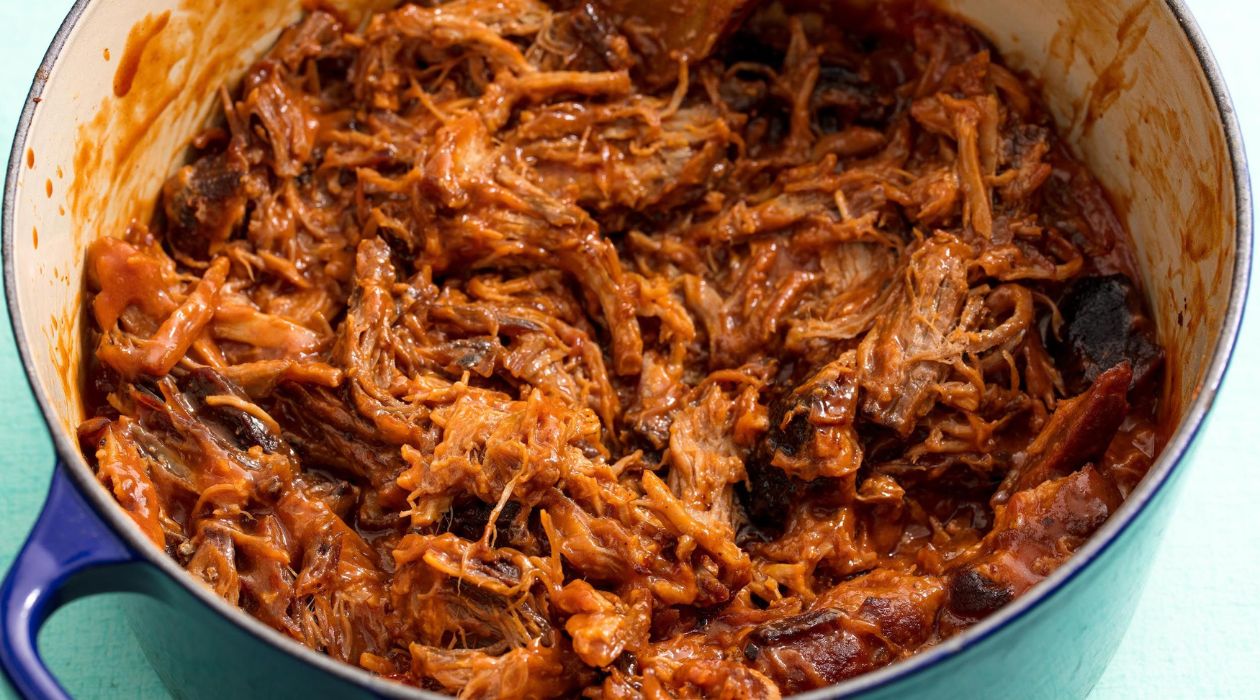
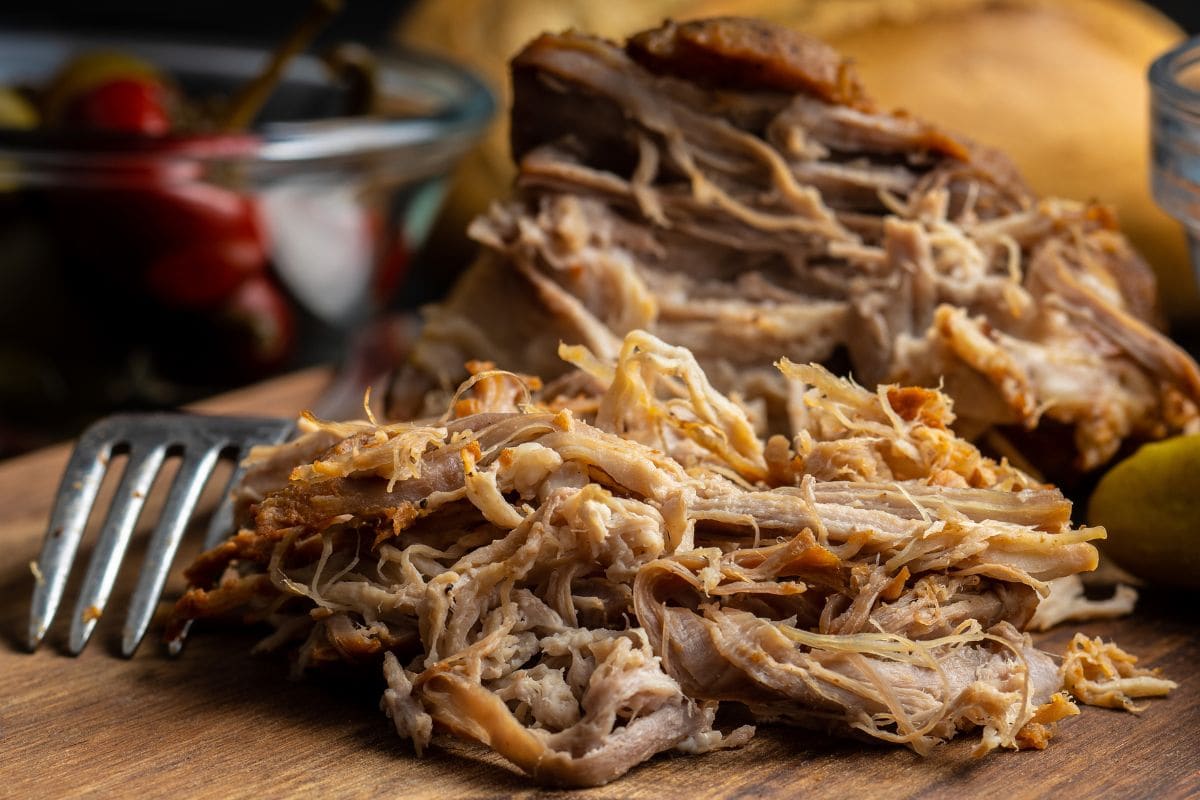


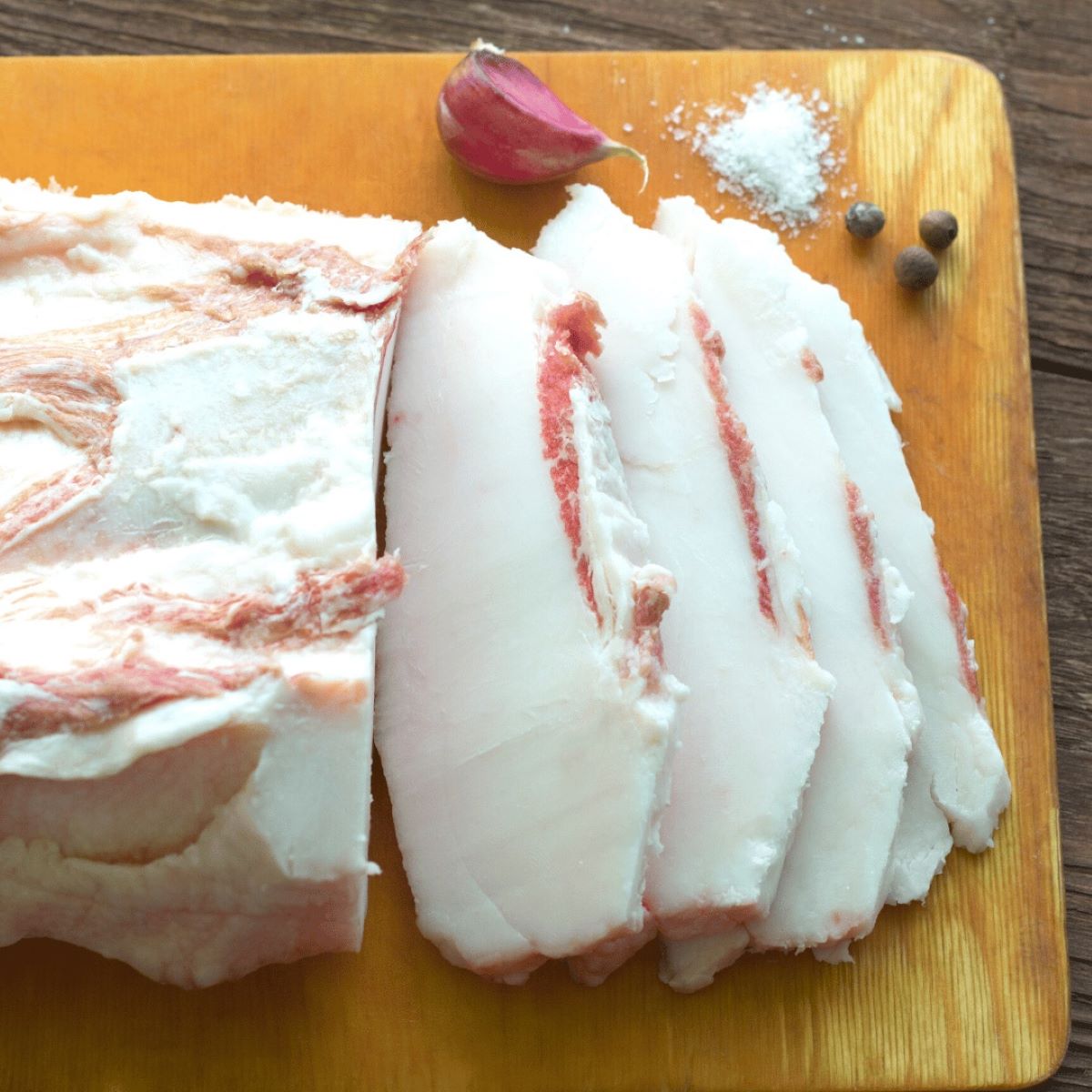
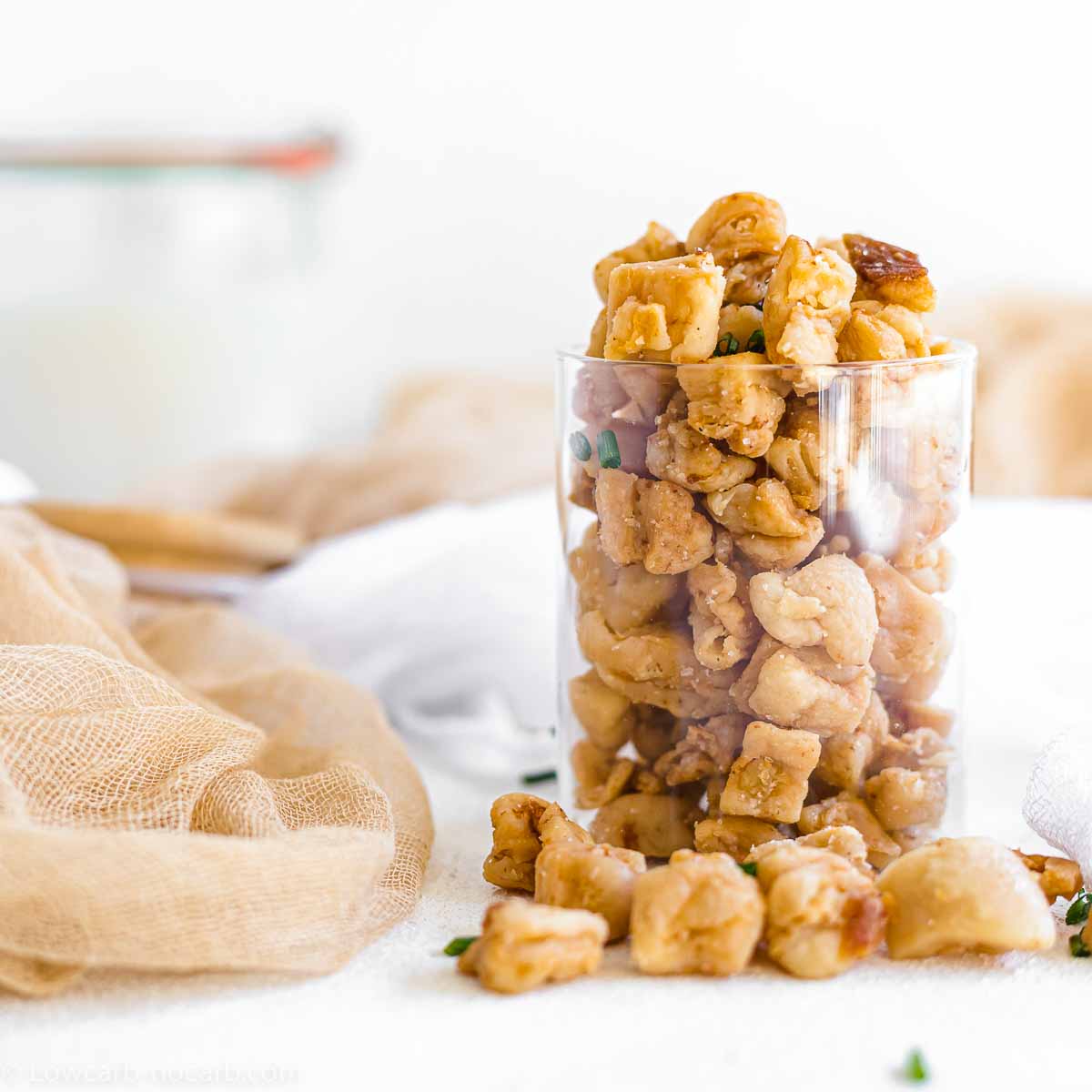

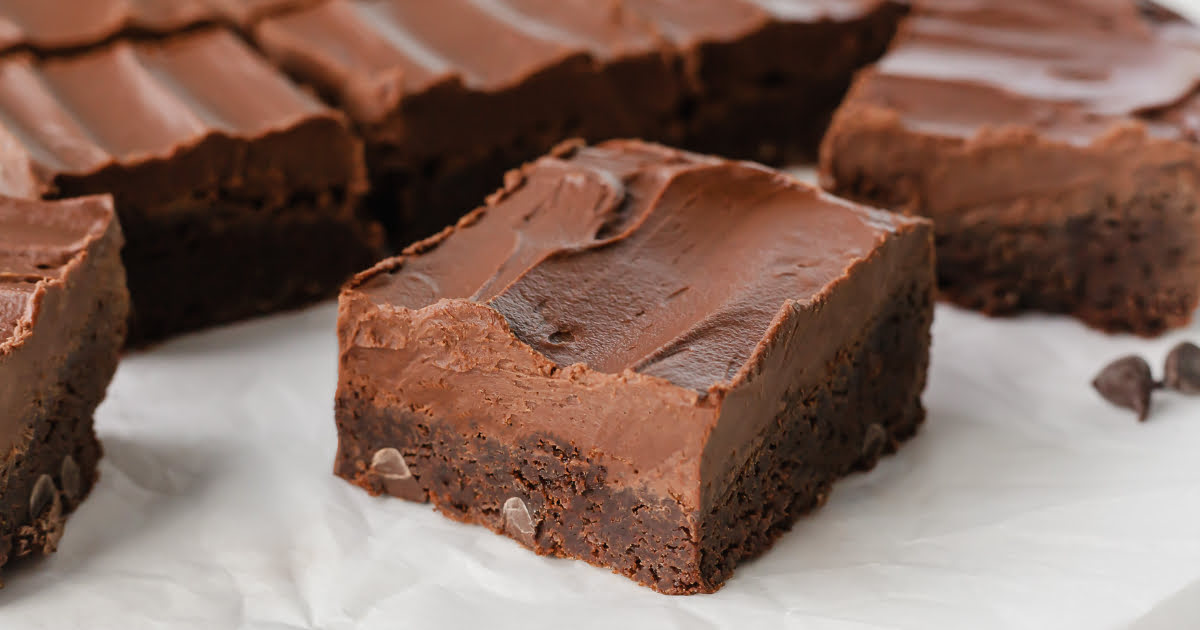





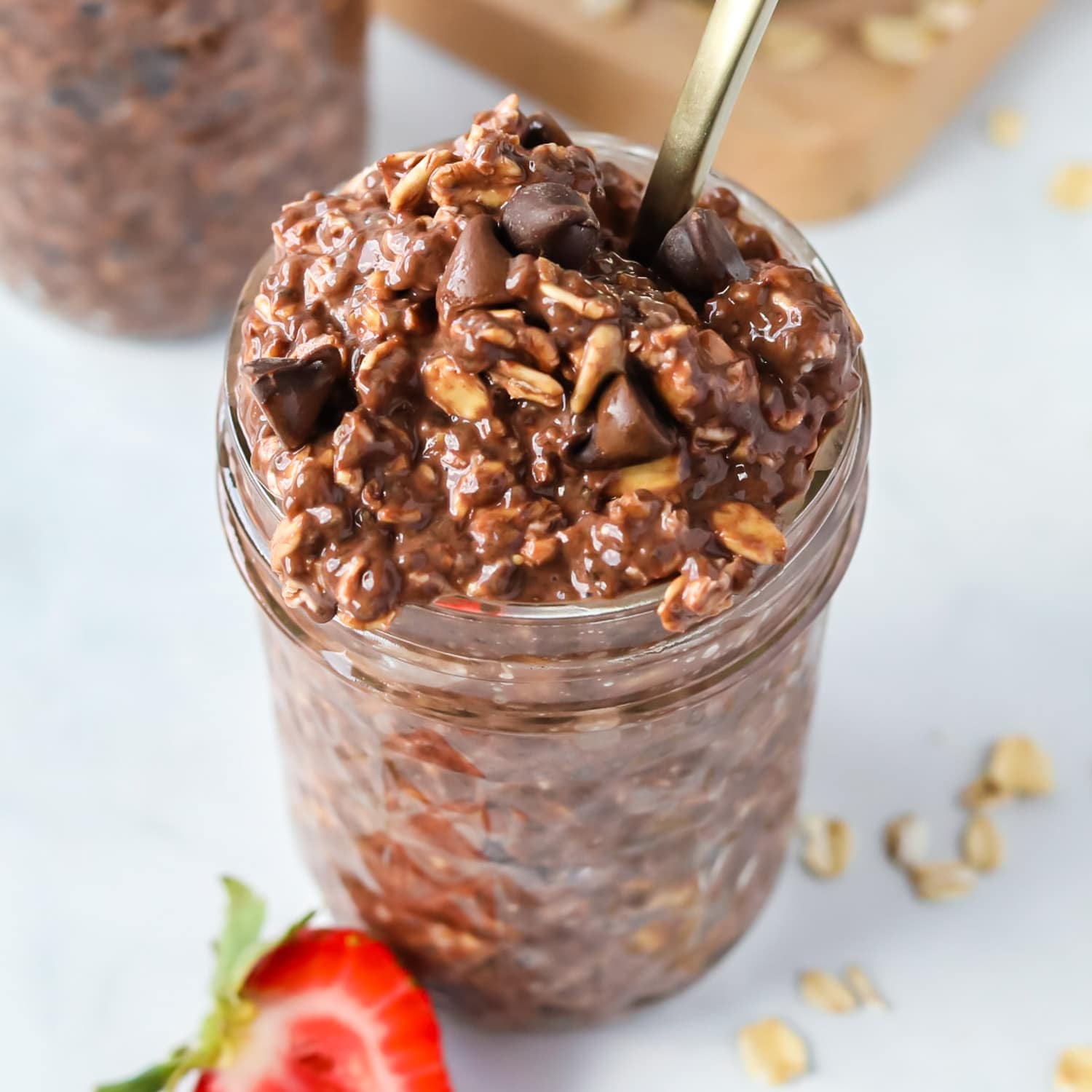

0 thoughts on “How To Store Pulled Pork Overnight”